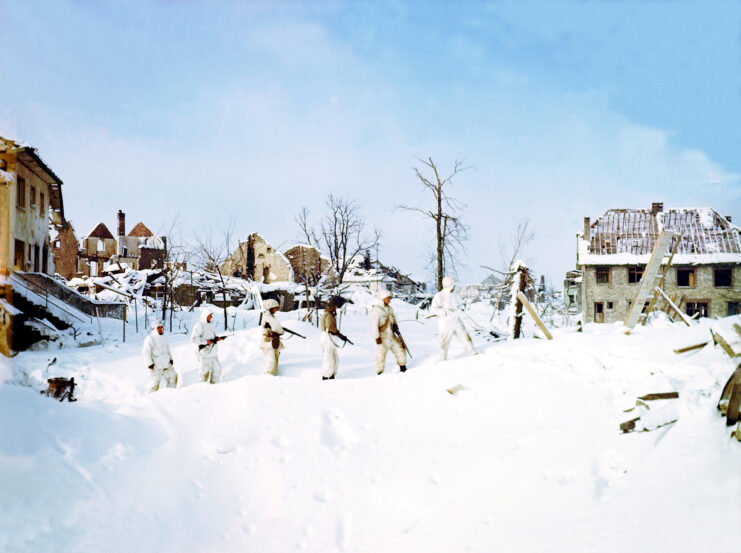Planning the Luftwaffe‘s last grandstand in the air
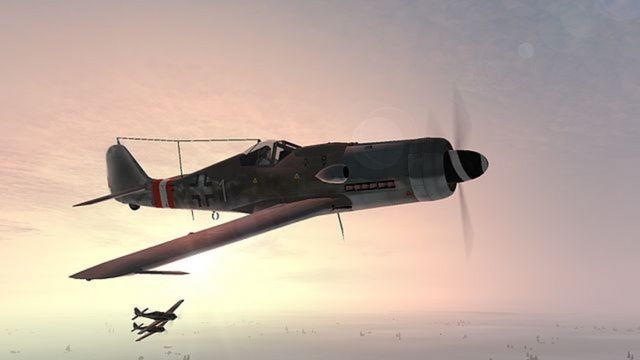
Operation Bodenplatte
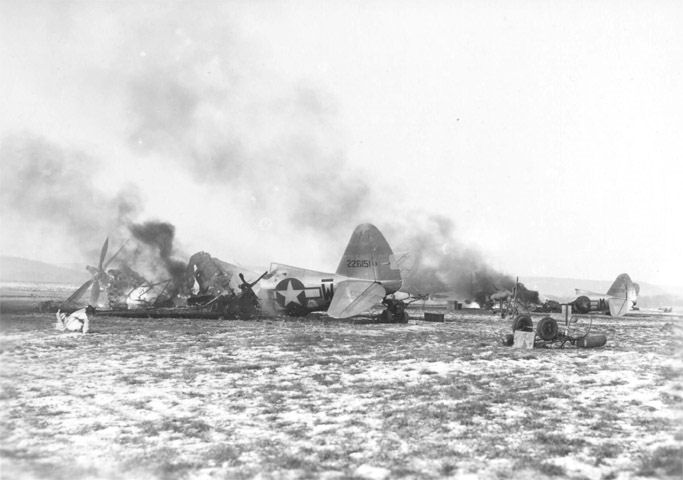
Instead of ringing in the new year with celebrations on the evening of December 31, 1944, Luftwaffe pilots involved in Operation Bodenplatte received orders to retire early, while ground crews diligently prepared their aircraft. In the early hours of January 1, 1945, they took off from their bases, targeting 17 airfields:
- Ursel
- Deurne
- Woensdrecht
- Asch
- Evere
- Volkel
- Grimbergen
- Sint-Truiden
- Ghent
- Metz
- Melsbroek
- Ophoven
- Eindhoven
- Heesch
- Le Culot
- Gilze en Rijen
- Maldegem.
Subsequent examination of the plans revealed that several targets were mistakenly attacked.
Operating under radio silence and guided by flares from Junkers Ju-88 and -188s, the strike was planned for dawn, around 9:20 AM local time. Exploiting the element of surprise, the Germans caught the Allied airfields off guard, as they were unprepared for an aerial assault; despite British Intelligence noting increased Luftwaffe movement and a buildup in the region, the impending attack had gone unnoticed.
Upon reaching the airfields across the Low Countries, it became evident that numerous Royal Air Force (RAF) squadrons were on missions or absent altogether. Grimbergen, for instance, greeted Jagdgeschwader 26 (JG.26) with an empty airfield, as the 132 Wing RAF had recently relocated to Woensdrecht. The remaining aircraft were defended by flak crews, resulting in more aircraft losses for the Luftwaffe than the Allies suffered on the ground.
The Luftwaffe inflicted human and aircraft casualties
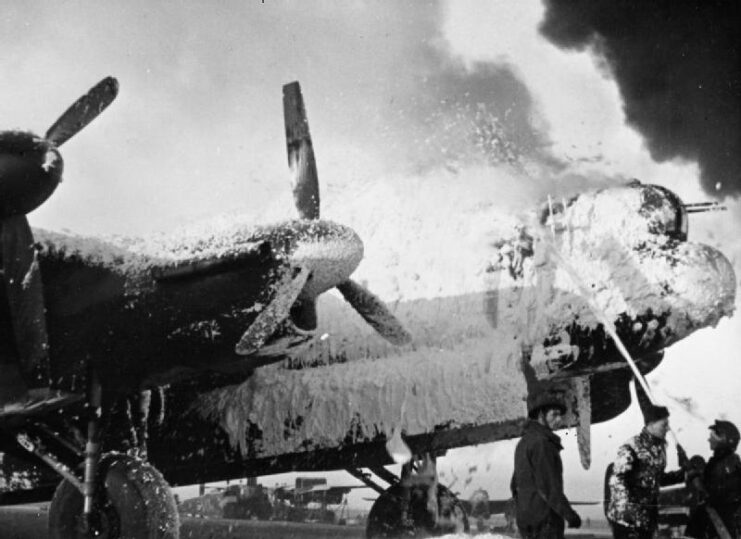
Similarly, in Ghent, home to the No 131 (Polish) Wing, several Mk IX Supermarine Spitfire squadrons were away on an aerial bombing mission. Consequently, German pilots could only target buildings, trucks and a limited number of parked aircraft.
Among the heavily damaged airfields was Metz, where the American 365th Fighter Group’s fleet of Republic P-47 Thunderbolts faced strafing with machine gun and cannon fire, causing damage not only to aircraft, but also triggering explosions of fuel tanks and munitions.
Despite encountering resilient Allied defenses, the Luftwaffe inflicted casualties, both in terms of human and aircraft losses. By around 12:00 PM that day, German pilots gradually departed in ones and twos. An assessment of the inflicted damage revealed varying degrees of impact, with some targets suffering considerable damage while others escaped relatively unscathed.
The Allies suffered far less damage than the Germans
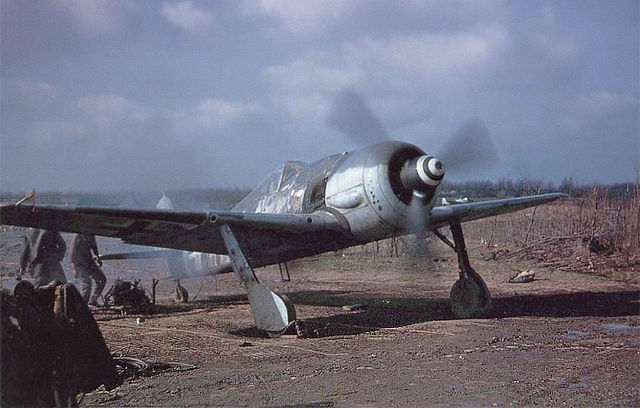
Although the Luftwaffe claimed to have taken the Allies by surprise with Operation Bodenplatte, the operation had a significant negative impact on Germany’s already weakened air forces from a strategic perspective. Of the 850 aircraft involved, 40 percent were either destroyed or damaged, and 143 pilots were killed or declared missing in action (MIA); 70 became prisoners of war (POWs) and 21 sustained injuries. This marked the Luftwaffe‘s most significant single-day loss.
Only one-third of the air combat groups attacked on time with surprise

Approximately half of the German aircraft lost during Operation Bodenplatte were attributed to friendly fire. Subsequent analysis showed that only one-third of the air combat groups involved – 11 out of 34 – conducted their attacks on time and with surprise.
Meanwhile, the Allies quickly recovered from the air raids. Only 250 aircraft were destroyed, and 150 were damaged but later repaired. The loss of pilots was minimal, and within a week of Operation Bodenplatte, many aircraft were back in action, contributing to the ongoing Battle of the Bulge in the Ardennes.
Why did Operation Bodenplatte go so wrong?

An examination of Operation Bodenplatte revealed the mission was destined to fail from the outset. The majority of the aviators involved lacked experience and had undergone significantly less training than their counterparts who’d flown earlier in the war. This lack of expertise manifested in their conduct during the attack, as they circled back over the airfields multiple times, giving the Allies on the ground additional opportunities to fire anti-aircraft artillery.
Inadequacies in planning also played a significant role in the mission’s downfall. Several flight paths directed pilots over heavily guarded and armed V2 launch sites, particularly around The Hague. Moreover, the maps provided by the higher command were incomplete, featuring only illustrations of the intended targets while omitting crucial details about the flight paths. This omission aimed to prevent the Allies from deciphering critical information if the documents fell into their hands.
The Allies weren’t as ‘hungover’ as the Luftwaffe had expected
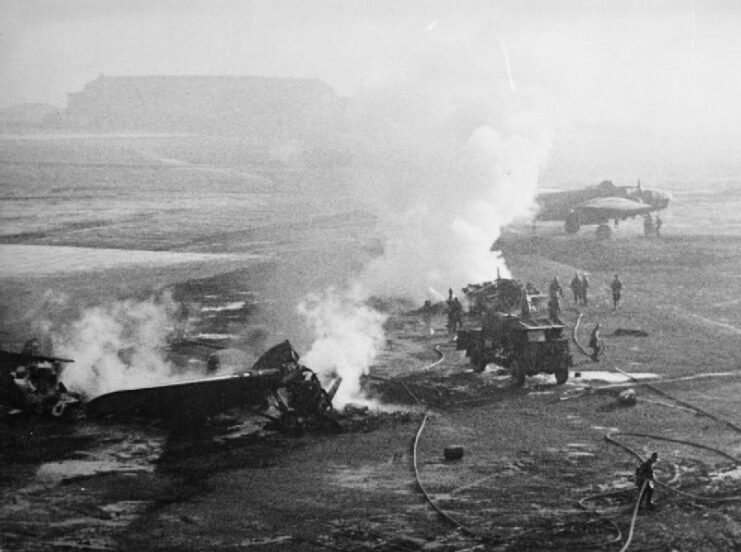
Secrecy further contributed to the mission’s shortcomings. Most commanders were prohibited from providing advanced notice to pilots, resulting in many receiving instructions moments before taking off. This lack of detailed information led to them taking to the air without a comprehensive understanding of their mission. As far as they knew, they were participating in a reconnaissance operation.
Want War History Online‘s content sent directly to your inbox? Sign up for our newsletter here!
Ultimately, the Allies didn’t exhibit the hangover-induced vulnerability that the Luftwaffe had anticipated after their New Year’s Eve celebrations. Numerous Allied personnel had moderated their revelry the night before, aware of scheduled missions for the following day. In fact, some were en route back to base when the German attack unfolded. This fortuitous timing enabled them to offer supplementary air support, successfully eliminating several enemy aircraft.

